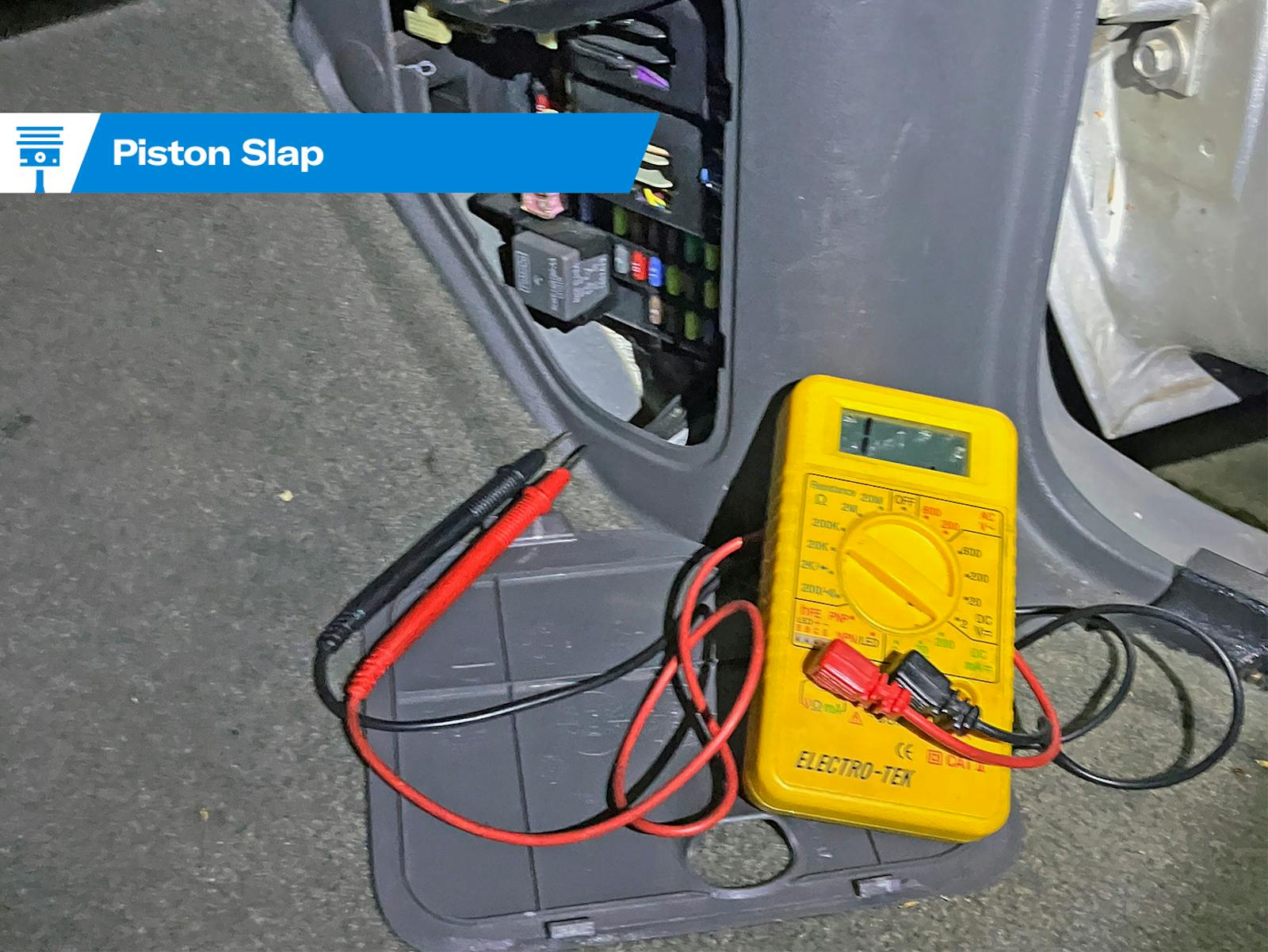In spark contrast: The difference between plugs for classic and modern cars
Let’s talk about spark.
In modern, computer-controlled cars, ignition is reliable to the point where you rarely consider that it might fail. You have coil-on plugs, also called stick coils, snapped onto the tops of spark plugs, with not even a plug wire between them. The stick coils and plugs are typically hidden inside the engine under a plastic cover that looks like the top of a Shop-Vac. There’s no distributor, because the functions of advancing the spark with increasing engine rpm and distributing it to each cylinder are performed electronically, with everything controlled by the car’s electronic control unit, or ECU. Something like a bad crankshaft position sensor might prevent the ignition system from being triggered, but it’s rare for the entire ignition system to go bad.
In contrast, everything on vintage cars is analog and in plain sight. A single conventional ignition coil is connected to a distributor cap via a fat plug wire. Individual wires then connect the cap to each spark plug. As the engine rotates, the distributor spins around, opening and closing the points that trigger the spark. The rotor inside the cap distributes the spark in round-robin fashion to each plug.
With such wildly different computerized and analog control mechanisms, the similar-looking spark plugs used by new and vintage cars are, indeed, different. Hagerty member John Veenstra writes:
In the past, a routine maintenance item was to do points and plugs. Given we now have electronic ignition, points have become a thing of the past. Today’s ignition coils may—or may not—need to be maintained. And plugs? Now we have platinum plugs that theoretically can last the life of the car. How is this now possible, where before it wasn’t? How are today’s plugs so different from before? Further, what is the proper maintenance of these advanced ignition items?
Veenstra is correct that on a vintage car, there is mechanical wear from the points opening and closing, from the rotor spinning and contacting the cap, and on the internals of the distributor itself. In a modern car’s ignition system, there are no moving parts. Other than the platinum plugs that are expected to last 100,000 miles, there’s no maintenance required of the system. The stick coils on a modern car don’t have a maintenance interval, but they do sometimes go bad simply because they spend their lives crammed under the cover of a hot, vibrating engine. Certain new cars in the mid-2000s (VWs and Audis come to mind) had some quality-control issues on the stick coils.
A newer car’s self-analytical OBD II system is pretty good at alerting you to misfires due to failing stick coils. A lasting misfire will kindle the “check engine” light. Many of the reader codes have obscure sources, but the misfire codes are well correlated with bad stick coils. Connect any code reader to the car’s OBD II port, see which cylinder it says is misfiring, pull off the engine cover, swap the suspect stick coil with the adjacent one, see if the problem moves with the coil to make sure it’s right, then install a new coil. It’s one of the few times you’re glad for that OBD II port and dummy light.
Why you still need to replace those copper plugs on a vintage car every year is twofold. Long-life platinum-tipped plugs came along with high-energy ignition systems. Even if platinum plugs are a compatible part for a vintage car in the NAPA catalog, older analog ignition systems don’t generate enough voltage to take advantage of them, resulting in weak spark. Also, platinum plugs like to see the narrower range of operating parameters associated with a modern emissions-compliant, computer-controlled engine. The sloppier specifications of vintage cars, the wider boundaries between rich and lean, and the possibility of incorrect timing and weak spark from a changing point gap create an environment where platinum plugs don’t work well.
On a variety of vintage-car user forums, folks report that platinum plugs foul quickly. So unless you read a body of evidence to the contrary, stick with copper plugs on vintage cars with conventional ignition systems.
***
Rob Siegel has been writing the column The Hack Mechanic™ for BMW CCA Roundel magazine for 30 years. His new book, Just Needs a Recharge: The Hack Mechanic™ Guide to Vintage Air Conditioning, is now available on Amazon. You can order a personally inscribed copy here.
20180621212339)


what about classic car engines that have a pertronix electronic ignition inside the distributor m can they use platinum plugs after removing the points and adding electronic ignition
Jim, I have a stock 1948 Plymouth six cylinder and will be using Electronix ignition in my distributor, can I use platinum plugs and what plug would you suggest? Thanks for your help in this matter…
Jim did you ever figure this out? I have a 70 charger with petronix and trying to figure out platinum, iridium or stick with copper.
Thx